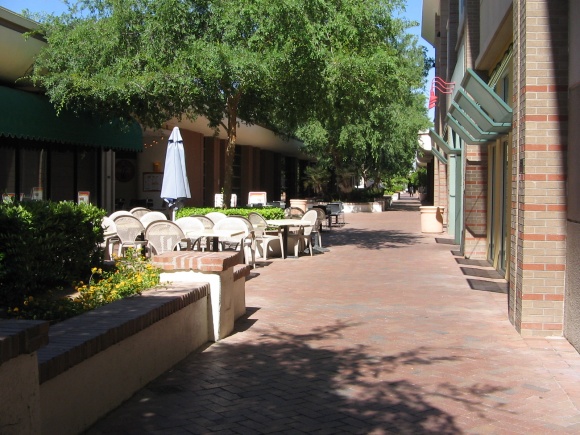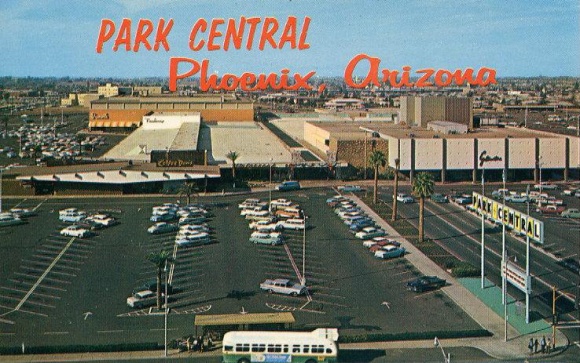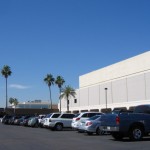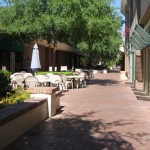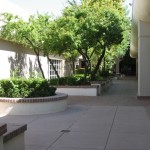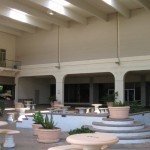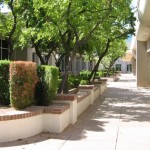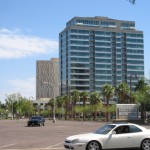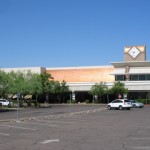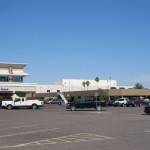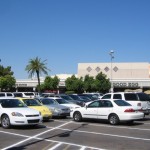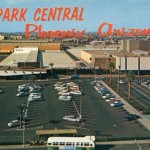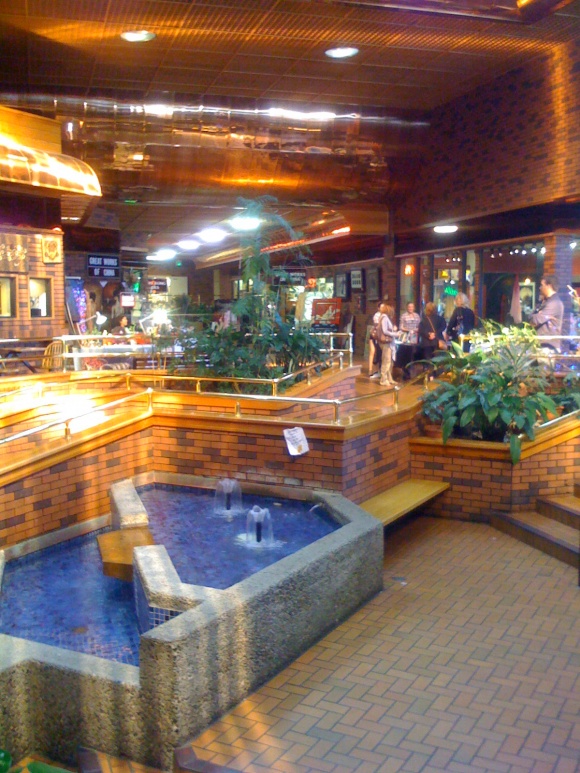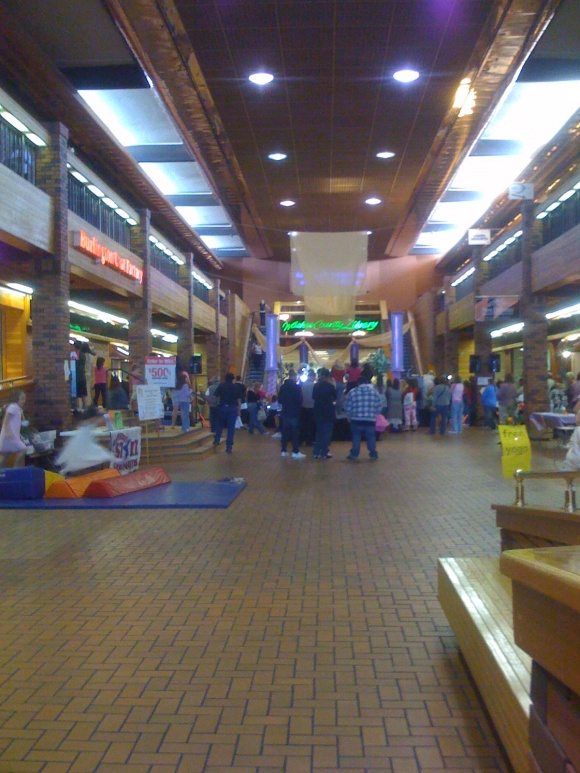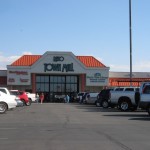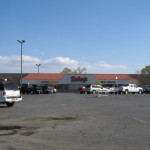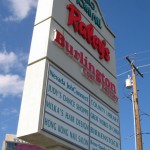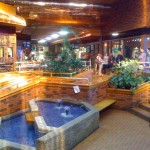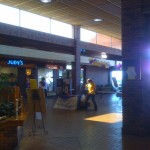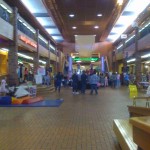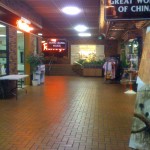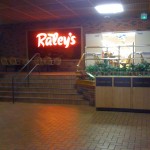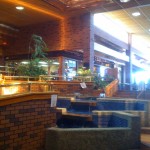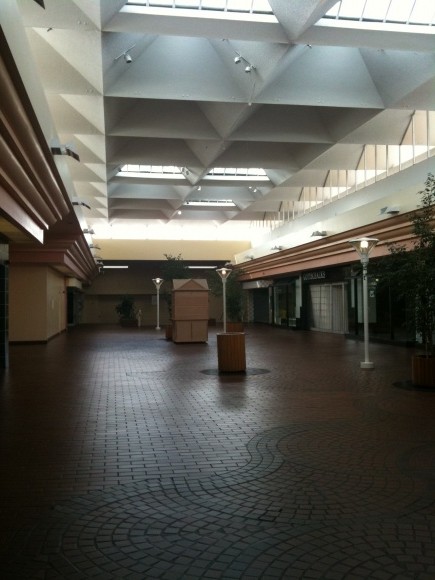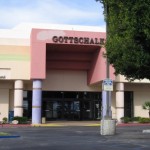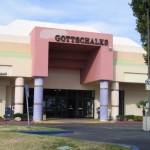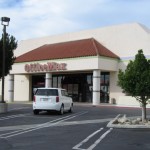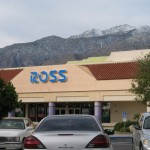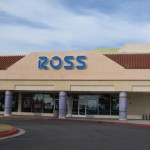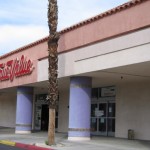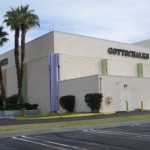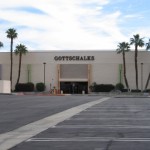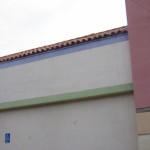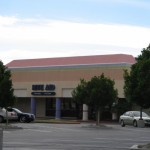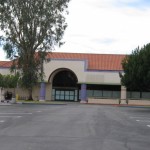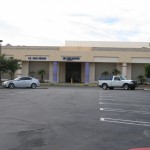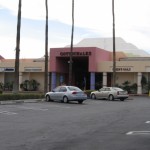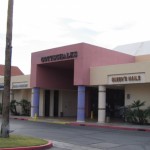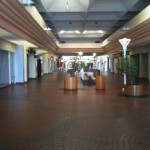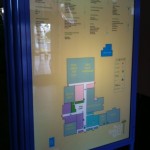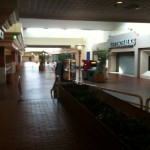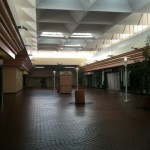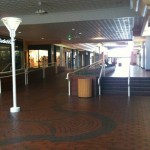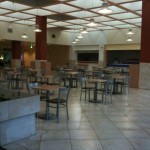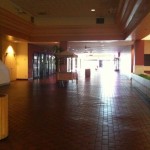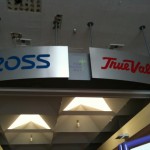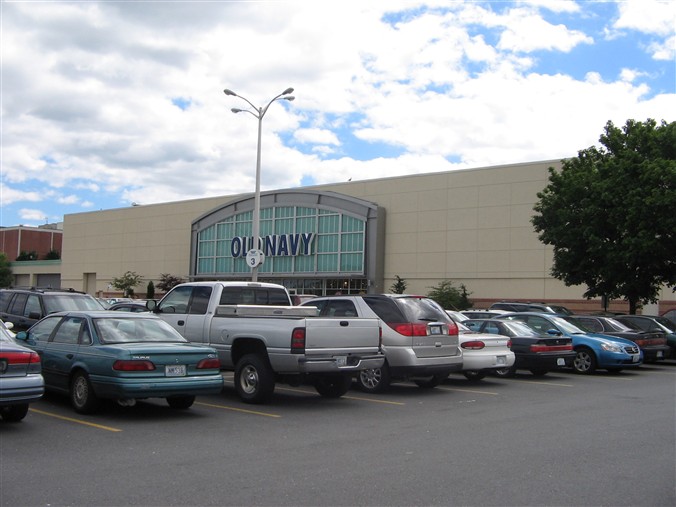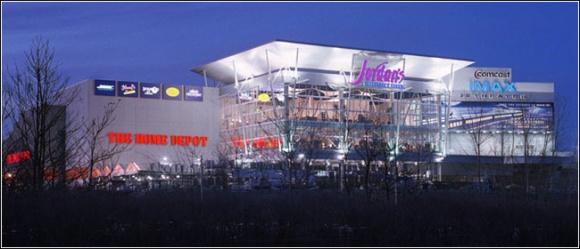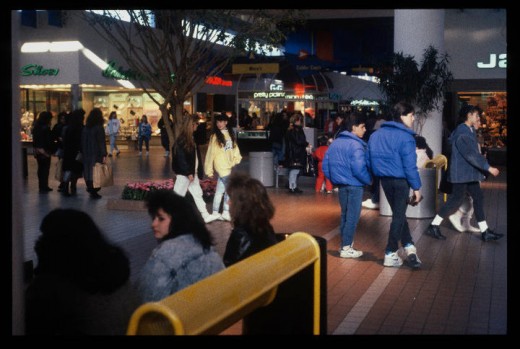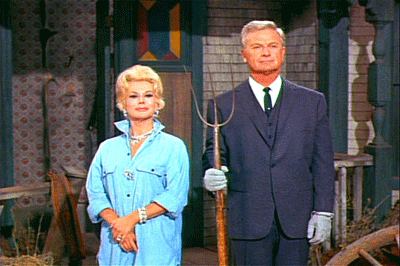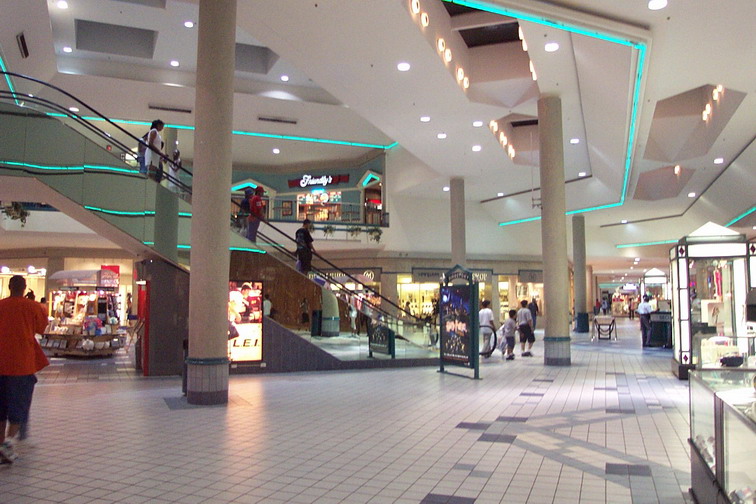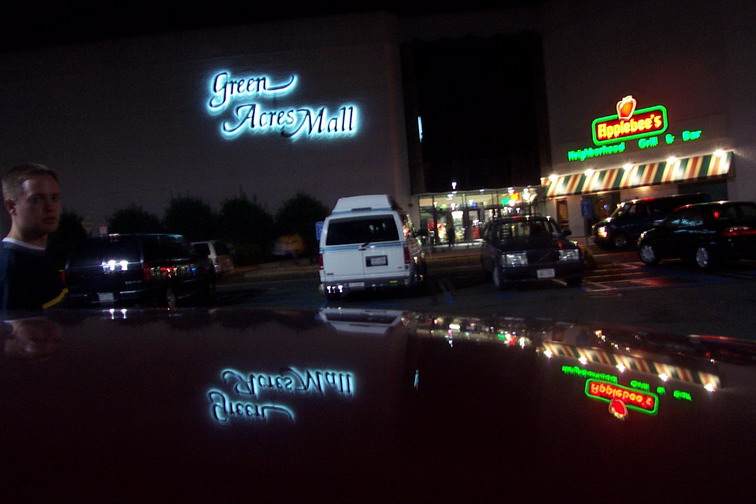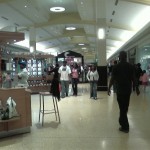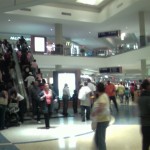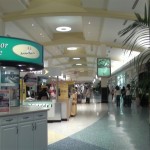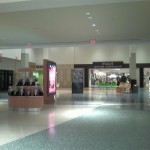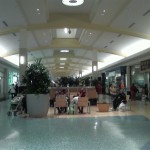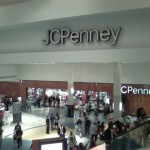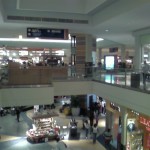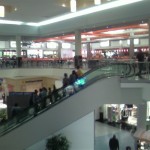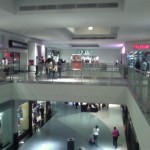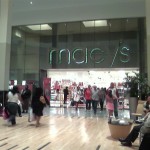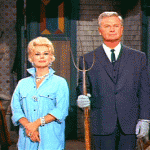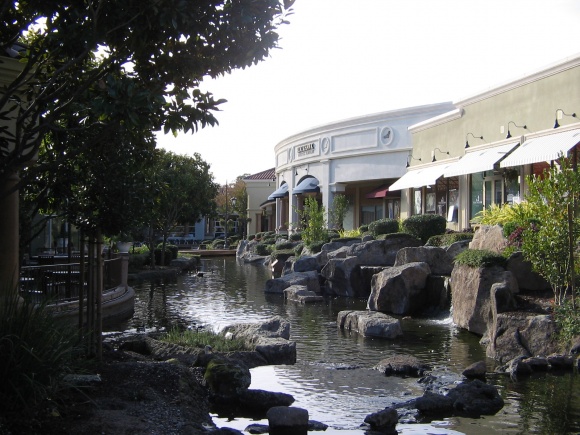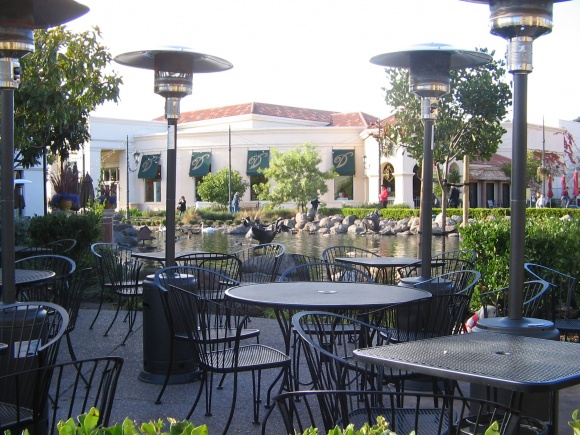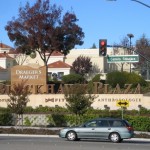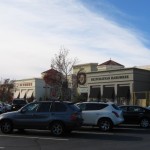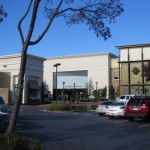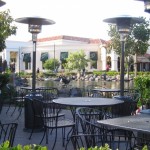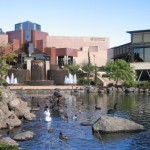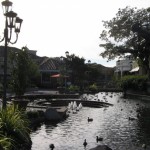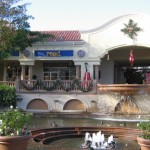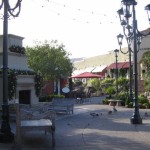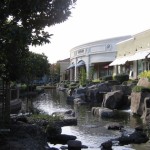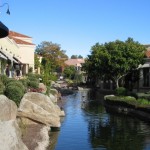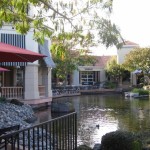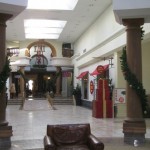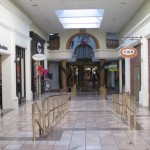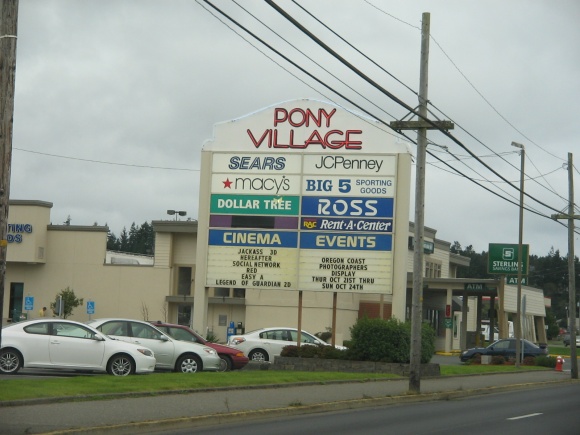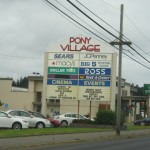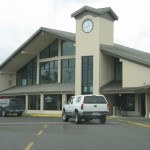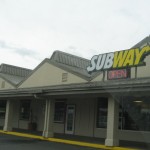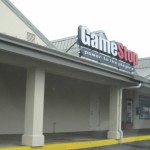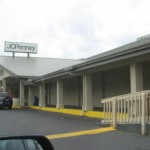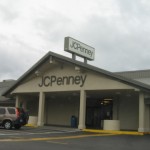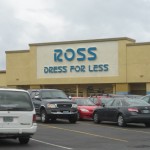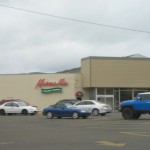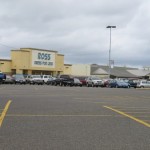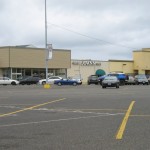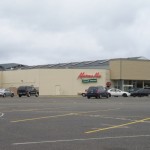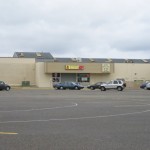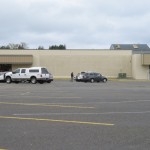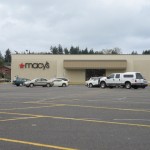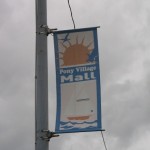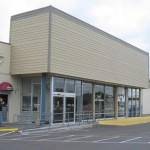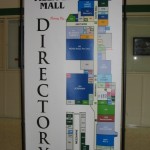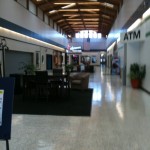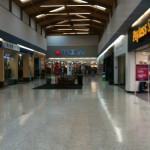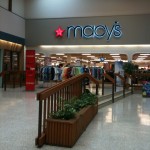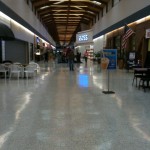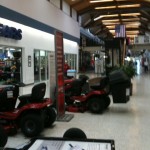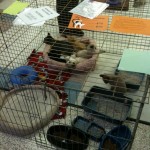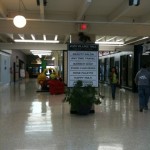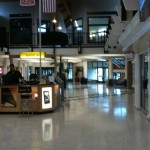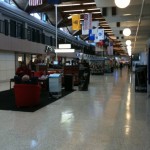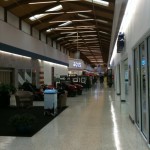I promised a few months ago that I went to every single mall in the Phoenix and Tucson areas–and you were all quick to point out at least one omission, at an outlet mall in Mesa–but by and large I think I made it to all of them, and I plan to bring them all to you, one by one. It is happening, I swear! If we’re gonna do this, let’s start with the oldest.
The Park Central Shopping Center opened as Park Central Shopping City in 1957, way back when Phoenix was still a fairly small city of a little over 100,000 people. This was still the early days of air conditioning–the innovation that made places like Phoenix feasible to inhabit–and Phoenix hadn’t yet grown into the desert behemoth that it is today. Park Central Shopping City was initially built by the Burgbacher brothers on the site of a former dairy farm on what was then the edge of town, in a brand new “edge city” 2 miles north of downtown Phoenix (the area would later become known as Midtown Phoenix). At the time, the development was seen as overly speculative and foolish, and located too far from the city’s center of population–a seemingly laughable assumption today.
The mall, which is completely open air and always has been, opened in 1957 with three anchors: a two-level Goldwater’s (founded by the same family as former Republican presidential candidate and modern conservative godfather Barry Goldwater), a two-level Diamond’s, and a J.J. Newberry 5 and dime store. Laying to rest the initial skepticism about the mall’s potential, both Goldwater’s and Diamond’s soon both shuttered their downtown locations in favor of operating the new midtown stores as their main locations, and JCPenney also joined the roster as another anchor. For a time, Park Central was the center of the Phoenix retail scene. During the 1960s, a number of new high-rise office and apartment buildings sprang up in the immediate vicinity of the mall, pulling the city’s center of gravity north and quickly becoming the de facto “city center” of Phoenix.
Phoenix exploded in population in the decades following world war II (and, realistically, continuing until only very recently), causing most development in the low-density, auto-oriented city to fan out for miles and miles in every direction. Due to these patterns, more people moved to far-flung newer regions of the city only partially accessible by freeways, and eventually the Midtown neighborhood came to be seen as slightly tired and inconvenient. During this time, Park Central experienced the normal slate of changes that any major shopping center tends to see, mainly in shifts in tenants: Robinson’s replaced Goldwater’s and Dillard’s replaced Diamond’s, both sometime in the mid-late 1980s. But by the end of the 1980s, Park Central was failing, losing many of its tenants to other, newer locations, and to enclosed, climate-controlled centers. JCPenney and Dillard’s were the last of the anchors to leave, gone from the mall by the mid-1990s.
Despite its failure as a retail center, the mall still sat at the very center of the city’s business district, surrounded by towering modern skyscrapers. Realizing the potential of the property, the mall’s management began to convert the center to a mixed-use, office-focused facility not long after the closure of Dillard’s. The former Diamond’s property became home to Catholic Healthcare West, Banner Health Systems moved into the Goldwater’s, and United HealthCare replaced the former JCPenney space. With so many office workers occupying the mall’s 3 largest spaces, some of the smaller spaces were able to be re-leased to low-level retail tenants, including Starbucks, Qdoba Mexican Grill, The Good Egg, and even a bevy of local businesses (including several small delis and even Kobalt, a gay bar). A Hampton Inn also opened on the corner of the property.
Although Park Central isn’t a mall by any definition now, the center has seen almost no cosmetic changes during its transformation and is completely open for perusing, so it’s a good opportunity to get a glimpse of Phoenix’s oldest retail establishment. It’s a little weirdly quiet now, and there aren’t any traces of old retail storefronts, but the facades on some of the original anchor stores are fairly neat and worth checking out if you’re in the area. Also, the area itself has changed somewhat of late: while the mall failed in part because Phoenix had turned its eyes towards the sprawling suburbs, the city has seen (like many others) a revival in interest in urbanism, and a new light rail opened along Central Avenue in December 2008 giving direct transit access to the mall. Much of the dense and centrally-located Midtown neighborhood has become popular with young, upwardly mobile types who want access to nightlife and restaurants that aren’t just formula-based chains, and much of the city’s alternative culture thrives within blocks of Park Central (hence the mall housing a gay bar), so there’s even some remote chance that someday there will be a newfound interest in dense, pedestrian-oriented retail at the site.

